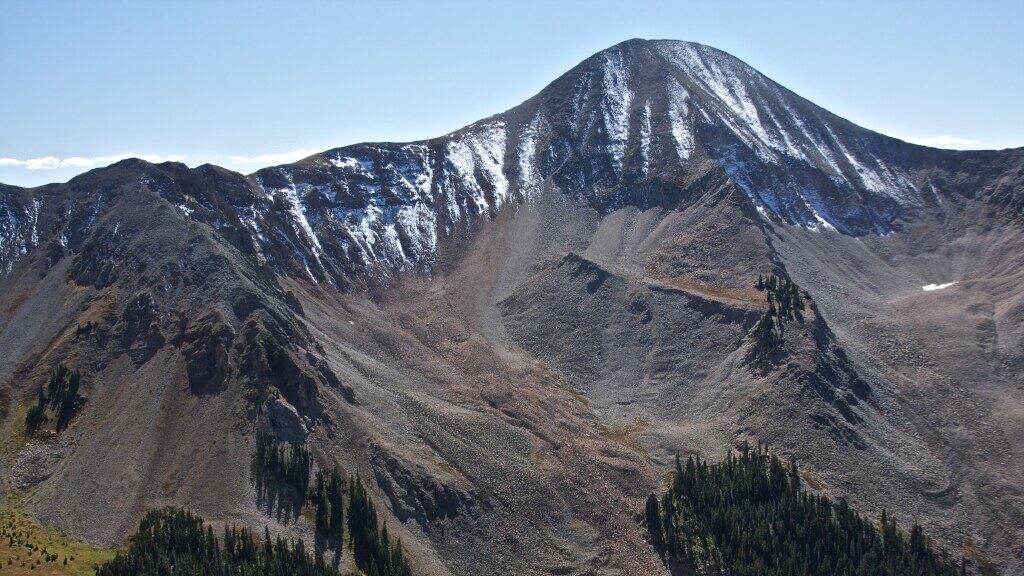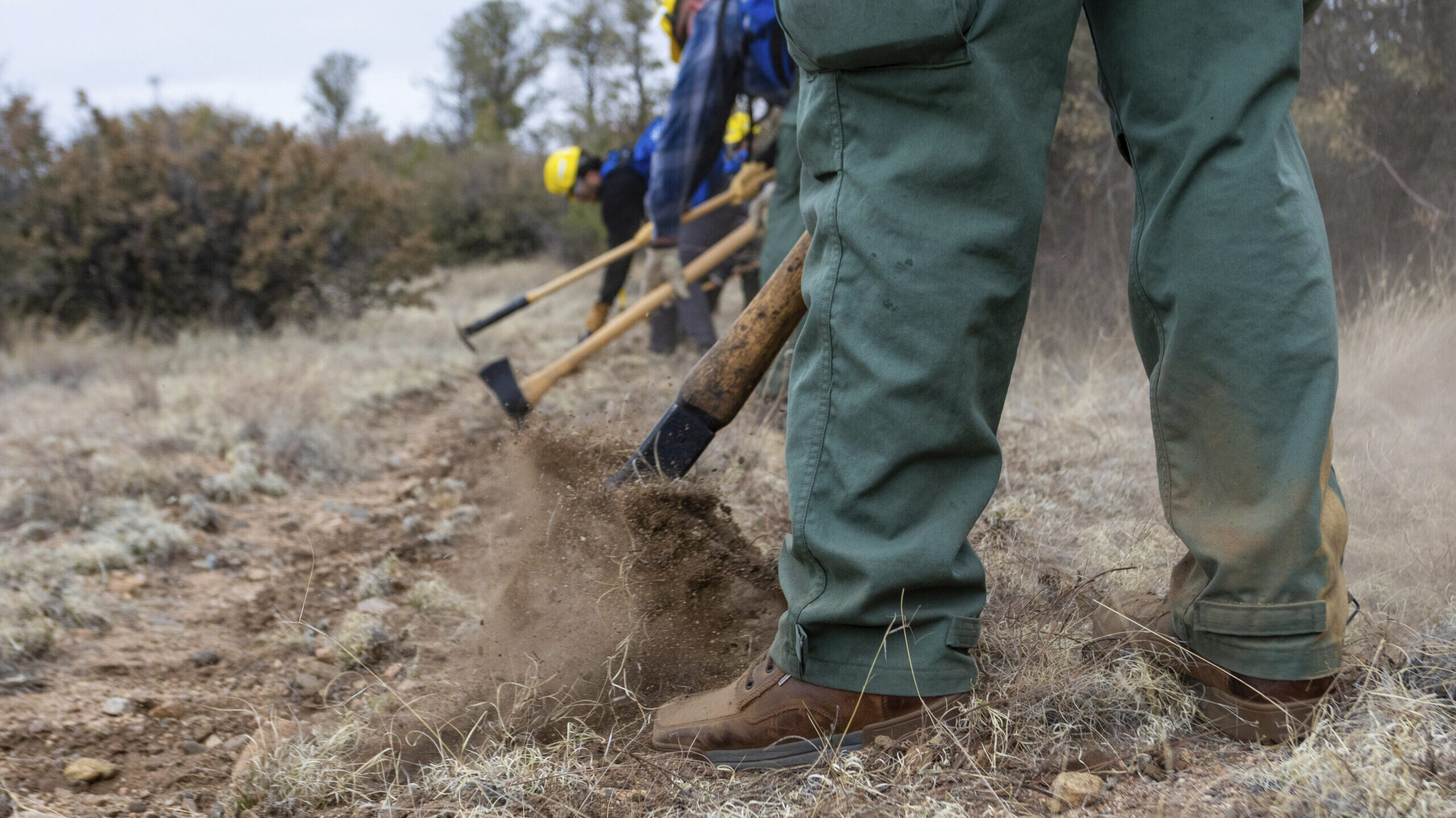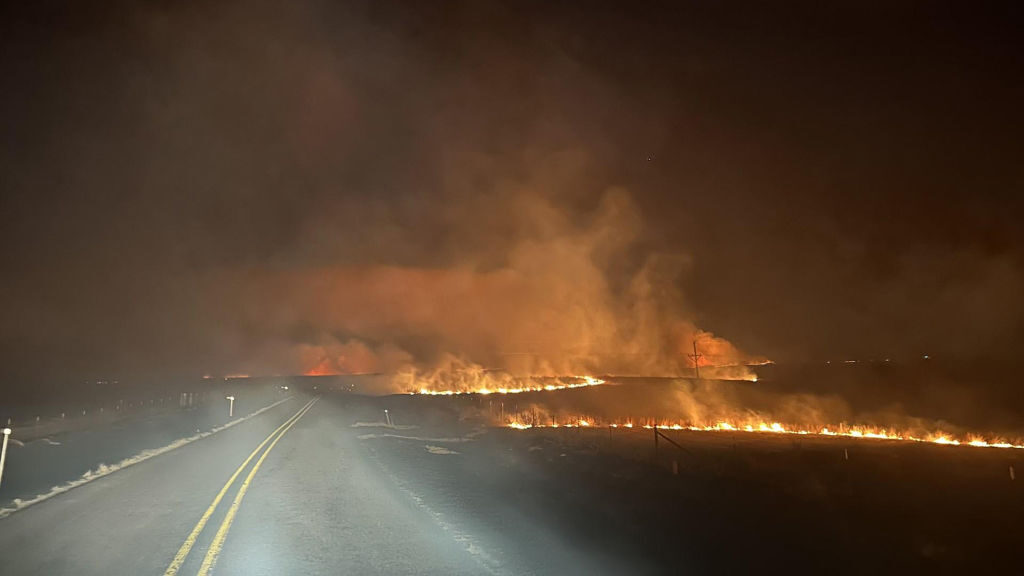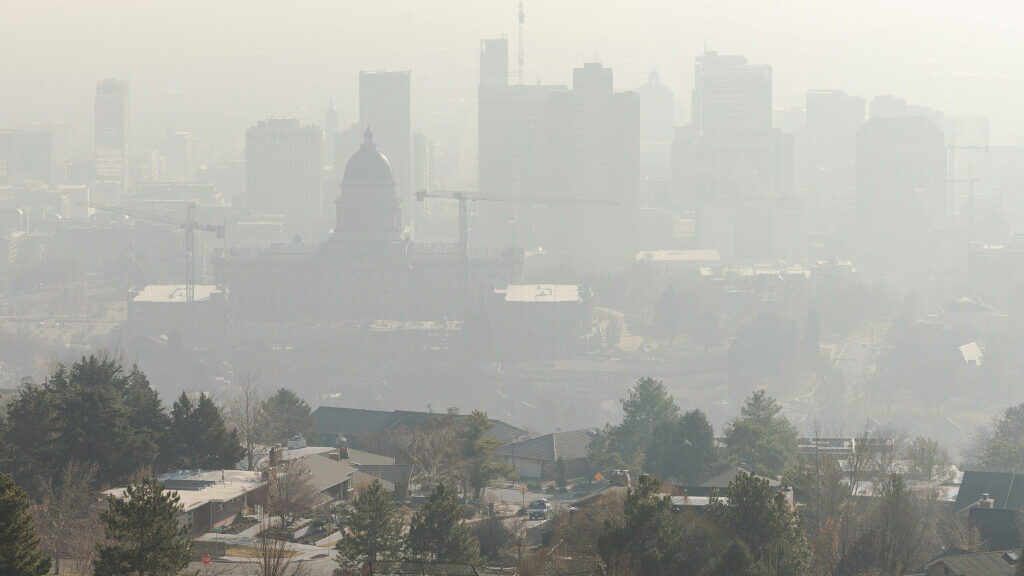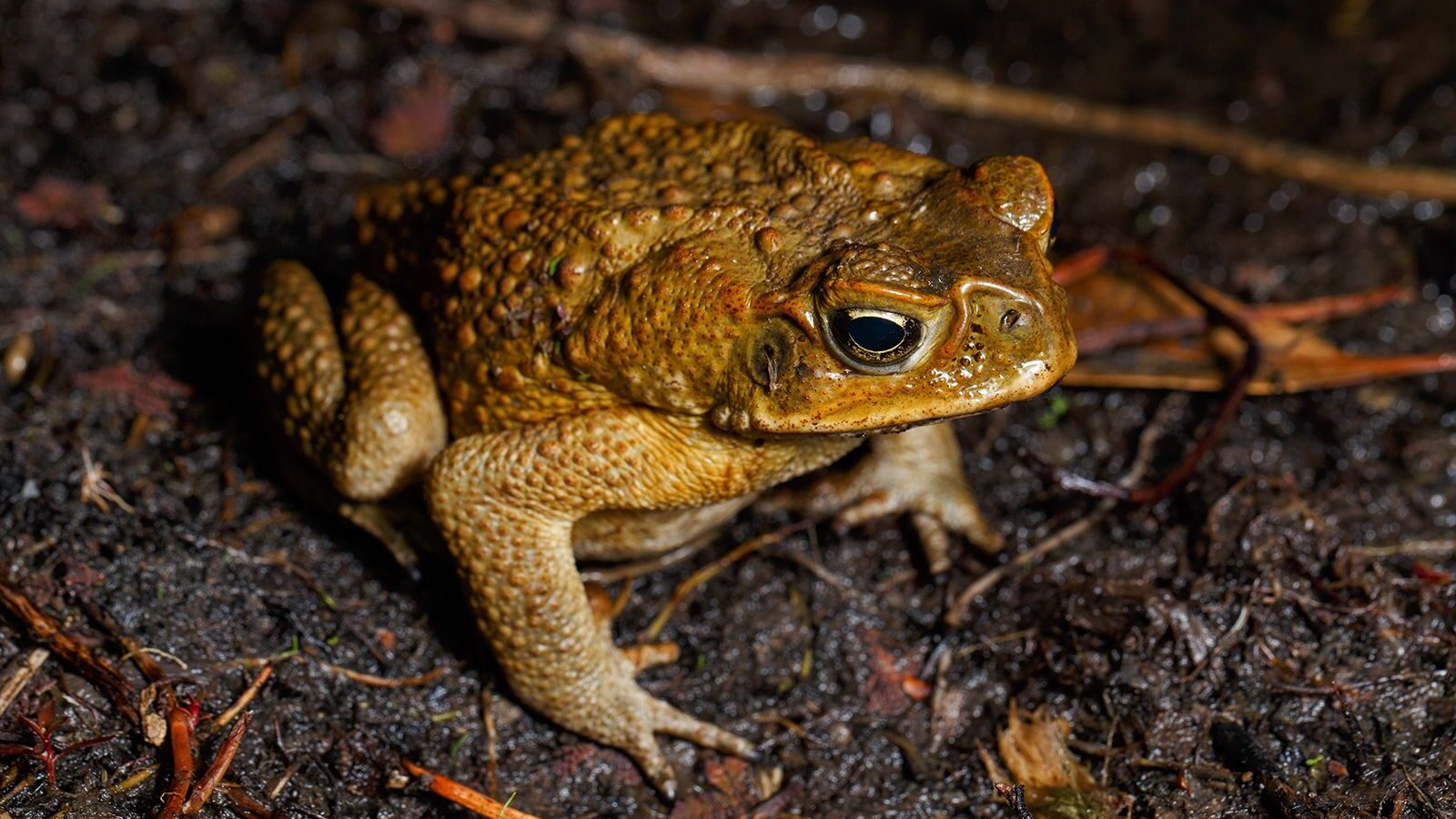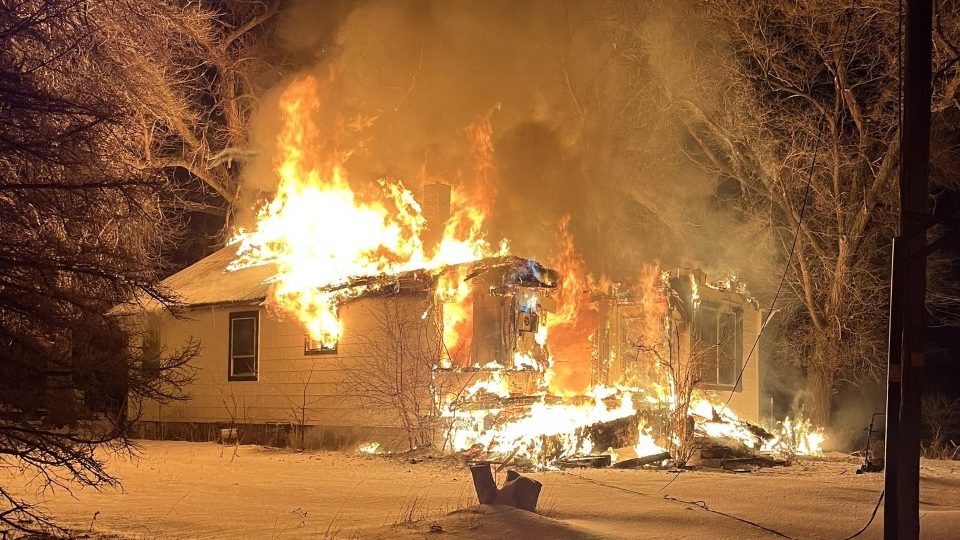Smoke will keep pouring into the US as long as fires are burning in Canada. Here’s why they aren’t being put out
Jul 1, 2023, 7:00 PM
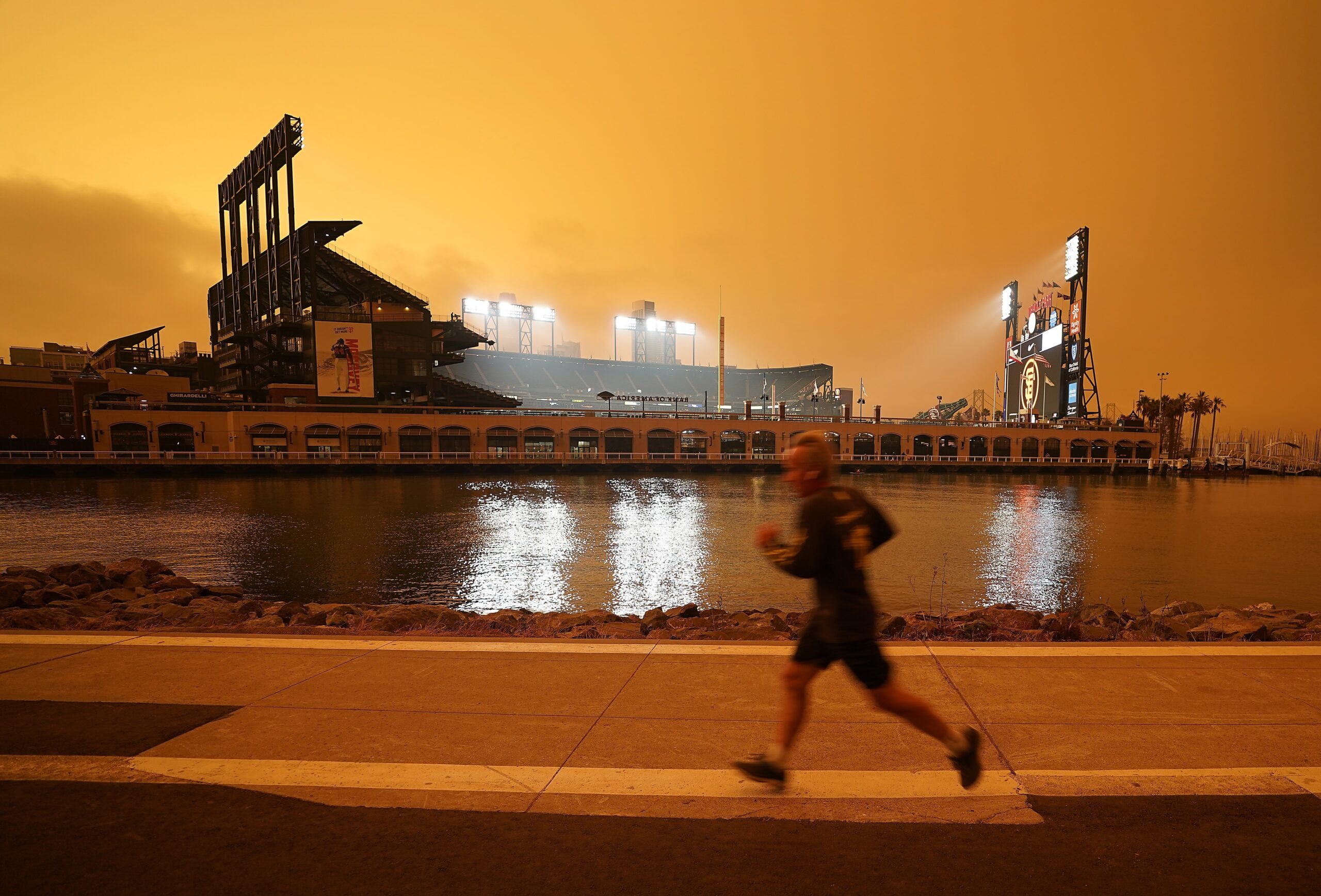
FILE - A jogger runs along McCovey Cove outside Oracle Park in San Francisco, under darkened skies from wildfire smoke on Sept. 9, 2020. As Earth's climate continues to change from heat-trapping gases spewed into the air, ever fewer people are out of reach from the billowing and deadly fingers of wildfire smoke, scientists say. (AP Photo/Tony Avelar, File)
(AP Photo/Tony Avelar, File)
(CNN) — Another wave of wildfire smoke has drifted into the US, dimming blue summer skies and igniting troubling concerns regarding the increasing frequency of fires, and what they have to do with climate change.
More than 100 million people are under air quality alerts from Wisconsin to Vermont and down to North Carolina as smoke from Canadian wildfires continues to waft south, though conditions are expected to improve slowly into the holiday weekend.
Map: Track air quality across the US
Air quality on both sides of the border has been affected as more than 500 active wildfires raging across Canada. Some fires are so out of control officials have no choice but to leave them burn.
Meanwhile, at least 10 countries have deployed their own firefighters to assist Canada with putting out the ones threatening communities whose residents have scrambled to evacuate.
Scientists continue to reiterate warnings the effects of climate change have arrived, emphasizing wildfires and the plumes of toxic smoke generated by them will become more frequent.
As plumes of smoke billow out of Canada’s forests, some may be wondering why many of the fires are being allowed to burn unchecked.
Here’s why:
Some of the fires are in extremely remote areas
While every Canadian province responds to the fires in their regions differently, they all have common guidelines emphasizing the importance of prioritizing which fires to fight and which to leave alone.
Massive fires burning in remote areas – like some of those currently burning in northwestern Quebec – are often too out of control to do anything about.
“If you have limited resources, and you have a lot of fires, what you do is you protect human life and property first,” Robert Gray, a Canadian wildland fire ecologist, told CNN. “You protect people, infrastructure, watersheds, so there’s a prioritization system.”
He added, “If you’ve got these fires that are burning way out in the back forty, and they’re not threatening anything immediately, then you’re going to have to let them do their thing.”
While the thought of massive fires burning through millions of hectares of forestland might sound unfathomable, it isn’t entirely new.
“There’s always been fires Canadian fire managers don’t fight. It’s expensive to do so, ecologically undesirable, and kind of just messing with nature,” said Daniel Perrakis, a fire scientist with the Canadian Forest Service.
“The smoke is a problem but even if we wanted to do something about it, it wouldn’t really be clear how to do so. You’re talking about huge areas where there’s no road access, no communities in some cases.”
Of the 522 fires currently burning, 262 are listed as out of control across Canada, including British Columbia, Alberta, Ontario and Quebec.
Along with remoteness and distance from people, terrain is another factor. Some of the fires are being allowed to burn simply because they are too treacherous for firefighters to even attempt to tackle.
“These fires are so big that you really can’t put people anywhere near them, the winds kick up, they move very fast, they can start out ahead of you and they can trap crews,” Gray said.
There are not enough resources to fight all the fires
Firefighters from at least 10 countries, including the US, Mexico, Costa Rica, Chile, Spain, Australia, New Zealand, South Africa, South Korea, and France, have been deployed to assist with the Canadian wildfires since the first week of June.
“Canada doesn’t have a lot of firefighting resources,” Gray said. “Individual provinces have their own contracting crews, but they have brought in thousands of folks from outside the country to help.”
One factor contributing to the lack of resources, evident in the current fight against the out of control fires, is funding, Gray acknowledged.
“They don’t typically appropriate a lot of money upfront for firefighting,” he continued. “But once the fires break out, the governments can certainly find all the money necessary to suppress them.”
“International groups keep saying, you need to shift the focus to upfront mitigation and prevention so you’re spending less money on response and recovery,” he added. “It’s ridiculous. We spend billions of dollars once the fire breaks out, but we don’t invest the money upfront to mitigate the fires from happening in the first place.”
Not enough prevention tactics to decrease the number of fires
More work needs to be done to reduce the opportunity for future wildfires, which may someday end in catastrophic tragedy.
One of the most effective fire prevention tactics is through prescribed burns, which are fires set intentionally as part of a forest management plan to reduce the risk of more serious and damaging blazes.
“We don’t do anywhere near enough prescribed burning in BC,” Gray said. “Right now we’re burning about 10,000 hectares a year. The state of New Jersey burns more than we do here at BC.”
Prescribed burns have been an important cultural and environmental tradition in Indigenous communities, who for thousands of years set low-intensity fires to rid the land of wildfire fuel like debris, scrub, undergrowth and certain grasses. Such fuel ignites easily, allowing for more intense flames, which are harder to fight.
The intentional burning practices can increase the forests’ resiliency and decrease the likelihood of future wildfires.
Perrakis echoed Gray’s sentiments: “It would be very useful to have maybe 10 times or 20 times more prescribed burning than what we’re doing presently.”
Since prescribed burns come with liability issues and pose a risk of ending in accidental unmanageable fires if not done correctly and at the right time, this will require more funding from the government and proper training.
“We would be removing the fuel from the fire before there’s even a fire,” Perrakis said. “It wouldn’t be used all across the Canadian countryside, but very strategically around communities and other values and will be in line with the local ecosystem.”
Along with prescribed burns, other tactics, like large scale thinning, need to be ramped up, Gray said.
“We need large scale thinning in these forest types that don’t produce a lot of dimension lumber, so there’s a lot of small trees and we need to come to do something with them,” he added. “We can ship them into the bioeconomy, produce bioenergy markets, engineering, wood products; there’s a lot of things we can do with low value wood, and that’s a lot of what’s out there burning up right now.”
The ecosystem depends on fires, and climate change is making them worse
Fires have always served a vital ecological purpose on Earth, essential for many ecosystems. They restore soil nutrients, helping germinate plants and remove decaying matter. Without fires, overgrown foliage like grasses and shrubs can prime the landscape for worse flare-ups, particularly during extreme drought and heat waves.
Most of Canada is covered by boreal forest, the world’s largest and most intact biome. The ecosystem with trees like spruce, pine, and fir makes up about one-third of all forests on the planet.
But it is a fire dependent ecosystem, meaning the species in the forest have evolved in the presence of fire, and fire “is an essential process for conserving biodiversity,” according to the Nature Conservancy.
“We have records as far back as the 1700s and 1800s of yellow sky and black sky and smoky sky days.” he added. “It’s the natural cycle of the boreal forest. There really isn’t much Canadian fire management agencies can do, even if they wanted to.”
While natural fires in the system have always been present and are usually caused by natural elements like lightning, climate change is making them more frequent, increasingly unmanageable, and a lot more difficult to prevent.
One year ago, after enduring a record-breaking temperature of 121 degrees, the British Columbia village of Lytton was leveled by a wildfire, drawing stark attention to the effects of climate change.
Heat-trapping emissions have led to hotter and drier conditions, and wildfires now burn longer and are becoming hotter in places where they have always occurred; meanwhile, fires are also igniting and spreading in unexpected places.
“We know that the weather is the most important ingredient of fire behavior, and climate and weather are linked,” Perrakis said.
Another issue is the increase in the wildfires are caused by climate change, and are simultaneously making climate change worse.
Boreal forests are carbon dense, releasing 10 to 20 times more planet-heating carbon pollution for each unit of area burned by wildfires than other ecosystems, according to a 2022 study published in the journal Science Advances. Over the years, researchers say it has become a vicious climate change feedback loop. The emissions from wildfires contributes to increasing global temperatures, which in turn fuel even more wildfires.
“Things are changing due to climate change, and that’s catching everyone somewhat by surprise, even though we’ve been talking about it for decades,” Perrakis said. “It takes a big season like this one for everyone to really wake up to what climate change looks like. It’s pretty undeniable.”
As Canadians near the fires evacuate while firefighters try to save their homes and communities, other, bigger fires burn freely with no way to control them, and people in the US will continue breathing in unhealthy smoke.
It all begs the question: When will it end?
“People should probably get used to it, because it’s not something that has come out of nowhere,” Perrakis said. “Climate change is undeniable, and now it’s time to think about the future, 10 or 20 years down the line, and what needs to be done.”


